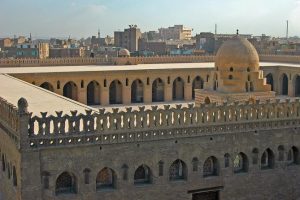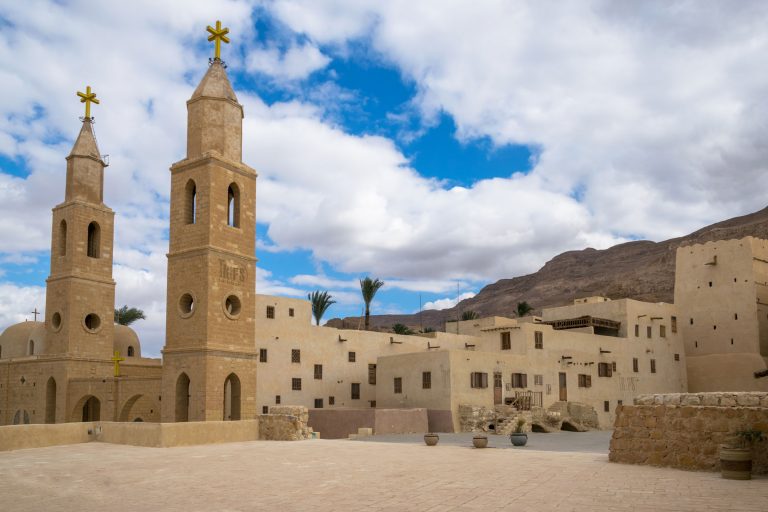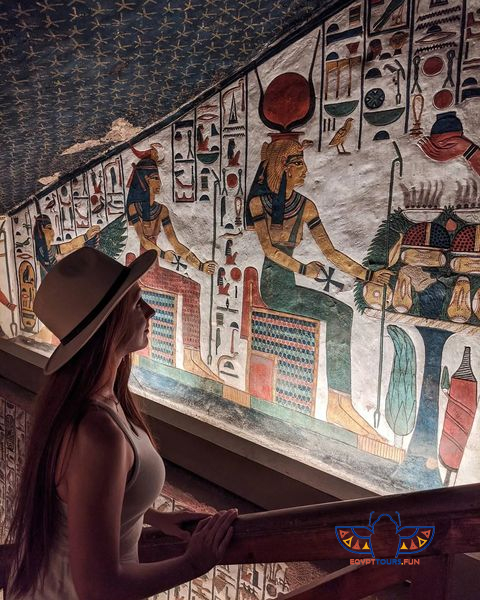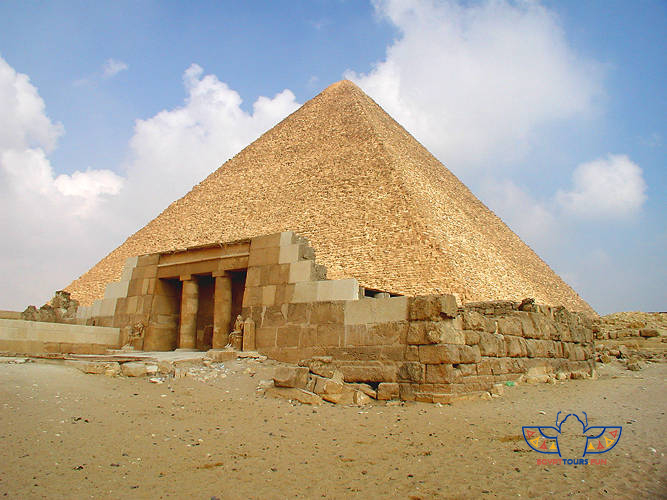Ibn Tulun Mosque: A Timeless Gem of Islamic Architecture in Cairo
Nestled in the heart of Cairo, the Ibn Tulun Mosque stands as one of the oldest and most iconic Islamic landmarks in Egypt. Built in the 9th century, this architectural masterpiece is not only a place of worship but also a testament to the ingenuity and artistry of early Islamic civilization. Join us as we explore the history, design, and significance of the Ibn Tulun Mosque, a must-visit destination for anyone traveling to Cairo.
A Brief History of Ibn Tulun Mosque
The Ibn Tulun Mosque was constructed between 876 and 879 CE by Ahmed Ibn Tulun, the founder of the Tulunid dynasty and the ruler of Egypt during that time. Ibn Tulun, a former slave who rose to power, commissioned the mosque to serve as the main congregational mosque for his new capital, Al-Qata’i.
The mosque was designed to accommodate Ibn Tulun’s entire army during Friday prayers, which explains its massive size. Over the centuries, it has survived earthquakes, fires, and the test of time, remaining one of the best-preserved mosques in Egypt. Today, it is a symbol of Cairo’s rich Islamic heritage and a beloved landmark for locals and tourists alike.
Architectural Highlights
The Ibn Tulun Mosque is renowned for its unique design and architectural features, which set it apart from other mosques in Cairo. Here are some of its most notable elements:
Spiral Minaret:
One of the mosque’s most distinctive features is its spiral minaret, inspired by the Great Mosque of Samarra in Iraq. The minaret’s unique design includes an external staircase that winds around the tower, offering stunning views of Cairo from the top.Expansive Courtyard:
The mosque’s large open courtyard is surrounded by arcades and features a central fountain for ablutions. The courtyard’s simplicity and grandeur reflect the mosque’s original purpose as a space for communal worship.Decorative Details:
The mosque’s walls are adorned with intricate stucco carvings and geometric patterns, showcasing the artistic achievements of the Tulunid era. The use of pointed arches and decorative friezes adds to the mosque’s visual appeal.Original Features:
Unlike many other historic mosques, Ibn Tulun Mosque has retained much of its original structure, including its wooden doors, carved panels, and inscriptions. This makes it a rare and authentic example of early Islamic architecture.
Why Visit Ibn Tulun Mosque?
The Ibn Tulun Mosque is more than just a religious site; it is a cultural and historical treasure that offers visitors a glimpse into Egypt’s Islamic past. Here are some reasons to add it to your Cairo itinerary:
Historical Significance: As one of the oldest mosques in Egypt, it holds a special place in the country’s history.
Unique Architecture: The mosque’s spiral minaret and expansive courtyard are unlike anything else in Cairo.
Peaceful Atmosphere: The mosque’s serene environment provides a welcome escape from the hustle and bustle of the city.
Photography Opportunities: The mosque’s stunning design and panoramic views make it a favorite spot for photographers.
Practical Information for Visitors
Location: The Ibn Tulun Mosque is located in the Sayyida Zeinab district of Cairo, near the Citadel of Saladin.
Opening Hours: The mosque is open daily from 8:00 AM to 5:00 PM, except during prayer times.
Entrance Fee: A small fee is required for entry, which helps maintain the site.
Dress Code: Visitors are expected to dress modestly, with shoulders and knees covered. Women may be asked to cover their hair.





